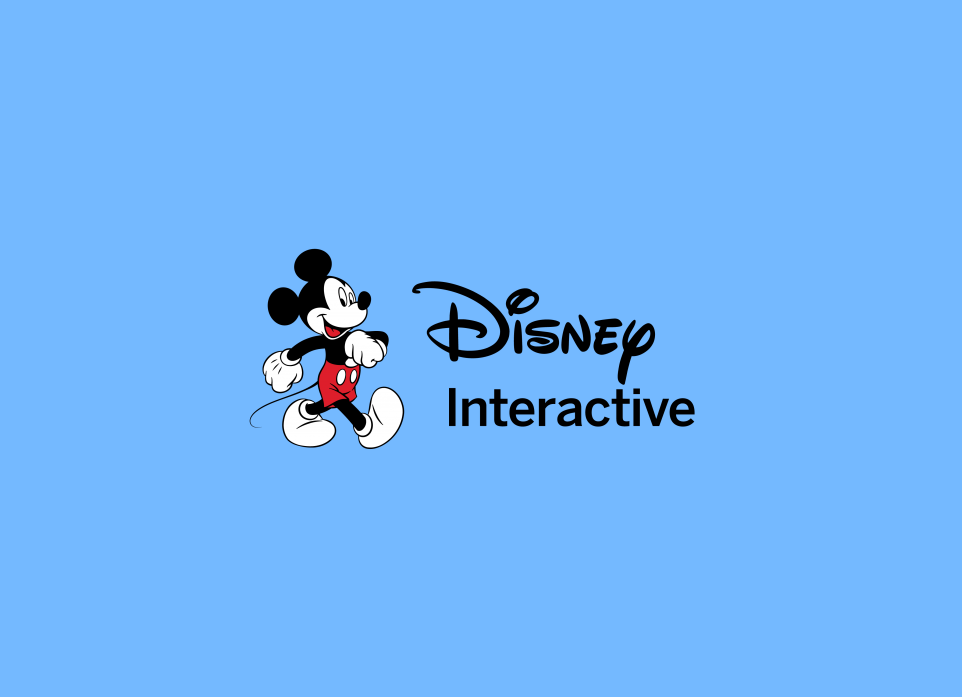Hi, I'm Keith
As lead PM, creator experience at YouTube I launched BrandConnect from Zero to One in five countries (US, IN, BR, IN, & UK) while doubling creator acceptance rates.
Before Google, I ran analytics departments at Disney.com & Edmunds.com, launched a sales engineering org selling targeting & attribution products at a demand side platform (DSP), and migrated supply chain data warehouses at Starbucks Coffee Co., and NBC Universal.
I wrote about hosting this page in 59 minutes via GitHub Pages here.








